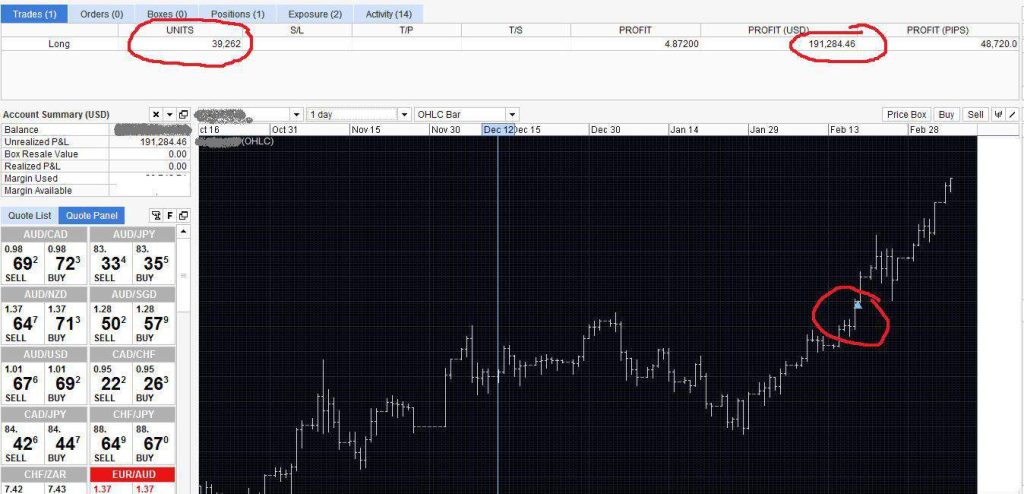
The initiation of the Federal Reserve's Quantitative Tightening (QT) policy signals a strategic redirection from the expansive quantitative easing measures previously adopted during times of economic distress. This maneuver is aimed at contracting the Fed's balance sheet, a move that directly influences the liquidity within the financial system and the broader economy.
By meticulously withdrawing excess reserves and scaling back on asset holdings, the Fed seeks to temper the economy's growth rate, steering it towards a sustainable path. This strategic pivot is not only crucial for financial market stability but also pivotal in shaping monetary policy dynamics. Through this comprehensive analysis, we aim to unpack the nuances of QT, offering investors and the general public a clearer understanding of its potential ripple effects across various economic sectors.
Understanding Quantitative Tightening

Quantitative Tightening (QT) represents a critical shift in the Federal Reserve's approach to managing the economy. By reducing its balance sheet through the sale of government bonds and mortgage-backed securities, or allowing them to mature without reinvesting, the Fed aims to withdraw excess liquidity from the financial system. This strategy is deployed to counteract the effects of Quantitative Easing (QE), which was previously utilized to stimulate economic activity by injecting more liquidity during downturns.
QT stands as the exact opposite of QE, marking a transition from policies focused on economic stimulation to those emphasizing stabilization and inflation control. This careful reduction of the balance sheet is designed to normalize monetary conditions and interest rates, reflecting the Fed's shifting priorities towards maintaining economic equilibrium. The balance between QT and QE highlights the Fed's dual role in both fostering growth during recessions and preventing overheating during recoveries.
Also Read: What Is Quantitative Tightening?
The Role of the Federal Reserve
The Federal Reserve Bank (Fed) plays a pivotal role in guiding the United States' monetary policy, directly impacting the nation's economic trajectory. By managing the federal funds rate, regulating bank reserves, and engaging in asset purchases, the Fed seeks to foster economic stability and growth. These mechanisms allow the Fed to influence interest rates, control inflation, and support the overall health of the financial system.
Globally, the Fed's decisions have far-reaching implications, with other central banks and financial institutions closely observing its moves. The Fed's strategic choices not only affect the global financial landscape but also set benchmarks for monetary policy and economic management worldwide. This underscores the Fed's significant influence beyond U.S. borders, shaping economic outcomes on a global scale.
From Quantitative Easing to Tightening

Quantitative Easing (QE) emerged as a strategic response by the Federal Reserve to combat the adverse effects of the global financial crisis and the Great Recession. Through the purchase of large quantities of assets, including government bonds and mortgage-backed securities, the Fed aimed to lower interest rates and inject liquidity into the economy, thereby stimulating economic growth. This unconventional monetary policy tool was pivotal in navigating the economic downturn, providing the necessary support to the financial system and the broader economy.
As the economy began to show signs of recovery, the transition towards Quantitative Tightening (QT) signaled the Fed's intent to normalize its balance sheet and mitigate potential risks of inflation and inflated asset prices. This shift reflects a cautious approach to withdrawing the extraordinary support provided during the crisis, aiming to ensure a balanced and sustainable economic environment. The move towards QT underscores the Fed's commitment to maintaining economic stability while carefully managing the pace of growth and inflationary pressures.
Impact on Financial Markets
The implementation of Quantitative Tightening (QT) significantly impacts the financial markets by constricting the money supply within the economy. This contraction often results in higher interest rates, influencing mortgage rates, borrowing costs, and the overall performance of the stock market. Such changes are crucial for investors and borrowers alike, as they affect loan affordability and investment returns, marking a shift from the liquidity-driven environment fostered by Quantitative Easing.
Interest rates are inversely related to bond prices. As the Fed reduces its holdings, we may see a rise in long-term interest rates, influencing economic activity and potentially leading to a bear market. The Fed Chair Jerome Powell and Fed policymakers play a critical role in communicating the direction of monetary policy to mitigate market volatility.
The Federal Reserve's actions do not occur in a vacuum. Other central banks may adjust their policies in response to changes in the U.S. This interconnectedness underscores the importance of QT in the broader context of global financial stability.
Challenges and Considerations

As the Federal Reserve embarks on QT, several challenges loom. The financial system must adjust to reduced liquidity, and the banking system must manage reserve balances effectively. The Fed aims to achieve a balance sheet normalization without disrupting economic growth.
Fed officials and the Federal Open Market Committee (FOMC) face the daunting task of managing market expectations. Clear communication and a gradual approach to balance sheet reduction are essential to avoid sudden market movements.
The long-term implications of QT are complex. While intended to stabilize the economy and prevent overheating, the policy could slow economic growth if not carefully calibrated. The Fed's balance sheet and its approach to QT will be closely watched indicators of the U.S. economy's health.
Conclusion
The Federal Reserve's Quantitative Tightening policy represents a significant shift in monetary strategy, aimed at stabilizing the financial system and curbing inflation. While the path forward is fraught with challenges, the Fed's careful management of QT is crucial for sustained economic growth. Investors, policymakers, and the public must stay informed on developments in QT to understand its impact on the economy and financial markets. As the Fed navigates these uncharted waters, the world watches and waits to see the outcomes of this critical policy shift.
Also Read: What is FOMC?- Everything You Must Know
FAQs
What is Quantitative Tightening (QT)?
Quantitative Tightening (QT) is a monetary policy tool used by the Federal Reserve to decrease the amount of money in circulation. This is achieved by selling government bonds and mortgage-backed securities or allowing them to mature without reinvesting the proceeds. QT aims to normalize the balance sheet and control inflation, serving as the opposite of Quantitative Easing (QE), which seeks to stimulate economic growth by increasing liquidity.
How does QT affect interest rates?
QT typically leads to higher interest rates. By reducing the supply of money in the economy, the demand for borrowing increases, which can cause interest rates to rise. This impacts mortgage rates, borrowing costs for individuals and businesses, and the overall cost of credit in the financial system. Higher interest rates can slow economic growth but are used to prevent the economy from overheating and to keep inflation in check.
Why is QT used by the Federal Reserve?
The Federal Reserve uses QT to manage economic stability and prevent inflation from rising too quickly. After periods of QE, where the Fed buys assets to inject liquidity into the market, QT helps to unwind these actions by reducing excess reserves and tightening the money supply. This process is aimed at ensuring long-term economic health by balancing growth with the risk of inflation, especially when the economy shows signs of overheating or when asset prices are inflated.

















